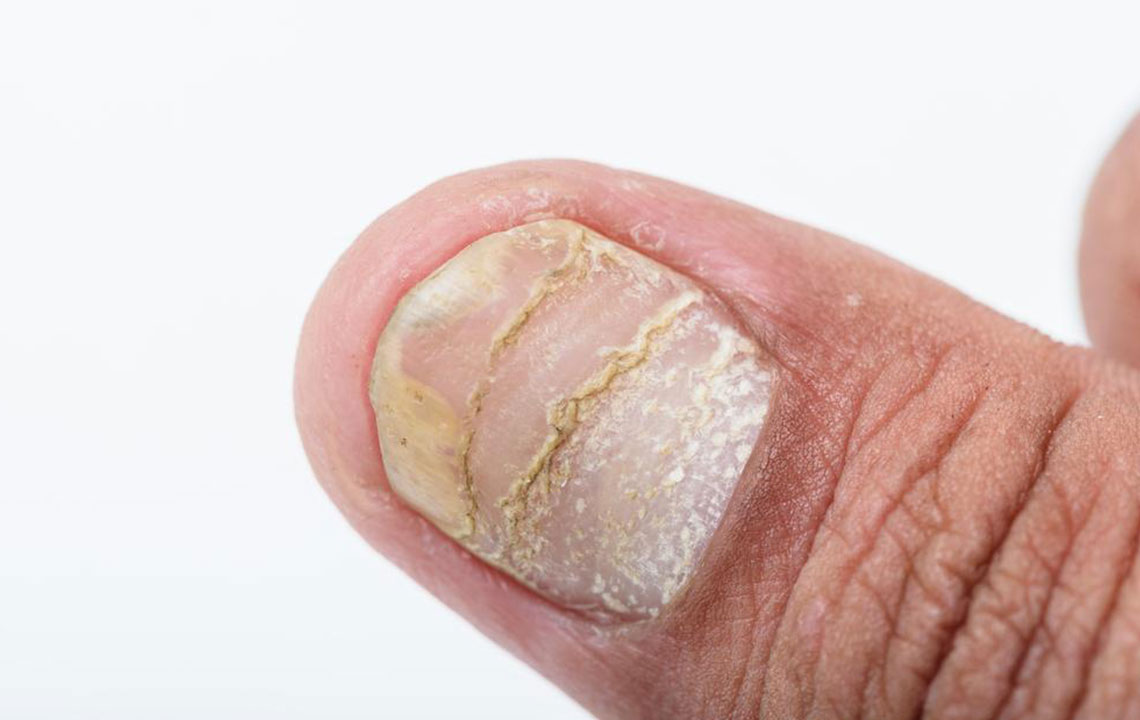Complete Overview of Skin Infections and Treatment Strategies
This comprehensive guide explores skin infections, including bacterial, fungal, and viral causes, symptoms, and treatment options. It covers common skin conditions like acne, warts, ringworm, and serious infections such as cellulitis. The article also recommends natural home remedies like neem, aloe vera, and garlic to aid healing. Emphasizing the importance of professional healthcare, it provides essential information to recognize symptoms and seek appropriate treatment. A valuable resource for understanding and managing skin infections effectively.

Complete Overview of Skin Infections and Treatment Strategies
Understanding different skin infections and effective remedies
Skin infections occur when microorganisms or parasites penetrate the skin, resulting in symptoms such as itchiness, rashes, ulcers, and blisters. These infections can affect various parts of the body. While bacterial infections are common, fungal and viral causes are also prevalent.
Types of skin infections
Accurately diagnosing the cause of a skin infection is essential for proper treatment. Skin infections are generally classified as bacterial, fungal, or viral based on their origin.
Bacterial infections
Our skin hosts numerous bacteria, most of which are beneficial. However, overgrowth or invasion by pathogenic bacteria can lead to infections. Common bacterial skin conditions include leprosy, staph infections, carbuncles, impetigo, and cellulitis.
Fungal infections
Fungal skin issues include athlete’s foot, yeast infections, fungal nail problems, ringworm, and sporotrichosis.
Viral infections
Viruses are tiny microorganisms that infect host cells, making viral skin conditions often difficult to treat. Diseases like AIDS stem from viral infections. Viral skin ailments include measles, chickenpox, shingles, cold sores, and warts.
Most skin conditions manifest on the outer layer, making them visible and easier to identify. Examples include acne, warts, nail infections, athlete’s foot, measles, chickenpox, impetigo, and cellulitis.
Acne
Hormonal fluctuations stimulate excess oil production, clogging pores and encouraging bacterial growth. Acne presents as pustules, cysts, or papules.
Fungal nail infections
Commonly affecting toenails, causing flaking and brittleness, these infections respond well to antifungal creams.
Warts
Contagious skin growths caused by human papillomavirus, often seen on hands, feet, or joints.
Ringworm
Fungal infection characterized by ring-shaped rashes caused by dermatophytes.
Athlete’s Foot
Fungal infection from damp environments like sweaty shoes; affects more than just athletes.
Candidiasis
Overgrowth of candida fungus causing red, itchy patches mainly in armpits and groin.
Measles and Chickenpox
Common childhood viral diseases with lifelong immunity post-infection.
Shingles
Reactivation of chickenpox virus causing painful rashes later in life.
Deep skin infections involve inner layers, including:
Carbuncle
Clustered boils caused by S. aureus affecting hair follicles. Treatment involves antibacterial washes and antibiotics.
Cellulitis
Serious bacterial infection that spreads beneath the skin, causing redness, swelling, and pain. Needs prompt antibiotic therapy.
Treatment options for skin infections
Therapies vary based on infection type and include antiseptic, antifungal, corticosteroid creams, or antibiotics. Vaccinations, especially for viral illnesses like smallpox, are highly effective. Addressing resistance issues such as MRSA involves newer antibiotics, including long-acting formulations.
Home remedies for skin healing
Apply neem leaf paste directly to infected areas for its antiseptic properties.
Use topical tea tree oil for antimicrobial benefits.
Applying apple cider vinegar or yogurt can help fight fungal infections.
Crushed aloe vera gel provides soothing and antibiotic effects.
Turmeric, a natural antiseptic, can aid in treating various infections.
Decoctions of echinacea, thyme, or calendula support immune response.
Tomato lycopene compounds may reduce inflammation and promote healing.
Crushed garlic paste offers antimicrobial properties.
Coconut oil, with antibacterial and antifungal qualities, is beneficial—adding cinnamon oil enhances its effects.
Note:
Our platform offers reliable health insights across multiple categories. Although educational, these articles are not substitutes for professional medical advice. Always consult healthcare providers for diagnosis and treatment options.


